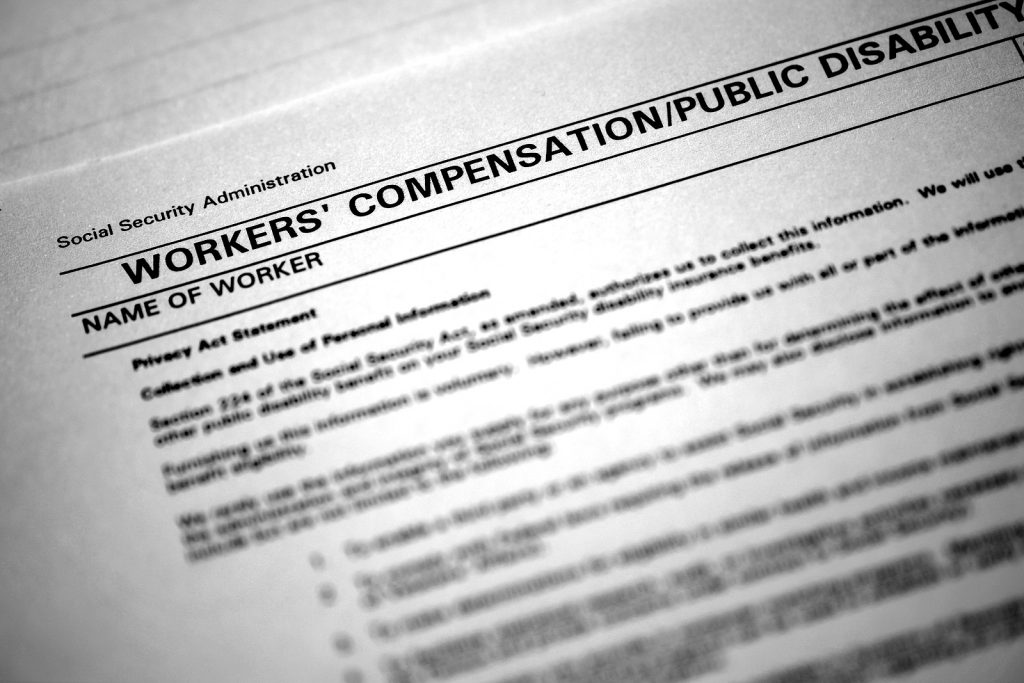It’s the way of the world that we all wake up and go to work on Monday morning. But, for some of us, that means we’re waking up and heading towards a workplace accident. When this unfortunate circumstance happens, it only makes sense that our employers should be able to provide us with help paying the medical bills that wouldn’t need to be paid if we simply stayed asleep and called in sick.
That’s what workers compensation lawyer NC is all about, a way for your employer to provide you with financial help following an unfortunate accident. But just how is workers’ comp calculated? And how long does it last? We’ll answer these questions, and more, below.
How is Workers’ Comp Calculated?
In order to calculate how much workers’ comp you are able to get to cover your injury, it’s extremely important to find what is called the Average Weekly Wage, or AWW. Your AWW is a nice little snapshot of what you would typically make during a week or work and North Carolina uses your AWW to determine how much you’ll get.
When it comes to workers’ comp, you are able to receive two-thirds of the amount of money you would have made in a week as determined by your AWW. This number cannot go over the maximum amount as outlined by the North Carolina Industrial Commission; in 2021, this amount is currently $1,102.00 per week.


There are three key ways in which your AWW is determined. In some cases, none of these approaches work, and another way must be found but typically one of the three following approaches will be used to calculate your AWW:
- If you have been with your employer for more than a year then your earnings over the previous year are divided by 52, one for each week in the year. This number gives you your AWW over the last year.
- If you’ve been employed for less than a year then the earnings you’ve made are divided by the amount of time you’ve been there. So if you’ve been working there for seven months, you would divide the earnings by 30 to calculate your AWW.
- IF you’ve been working with your employer for less than three months then another option is to look at the earnings of a similar employee, somebody with similar skills and duties. Their earnings will be used as a substitute to calculate yours via one of the two above-listed methods.
Take note that your AWW is not simply the amount of money you walked away with each week. Rather, your AWW uses your pre-tax earnings in calculating your workers’ comp. It also includes things like bonuses, stipends, allowances, and overtime. This is useful because it means you’ll be getting more from the workers’ comp because it looks at everything, not just what you were pocketing each week.
How Long Does Workers’ Comp Last?
Workers’ compensation can last for a different amount of time depending on the circumstances of the injury you’ve suffered. There are three types of injuries that we can use to get an idea of the various timeframes that workers’ comp covers.


These are temporary total disability, temporary partial disability, and permanent partial disability. Note, permanent total disability is a different matter altogether that we can address at a later date if you want to learn more.
- Temporary Total Disability: While a temporary total disability is never fun, it does offer the easiest way of understanding how long workers’ comp could last. With one of these injuries, you are able to receive workers; comp for as long as an authorized doctor claims you are unable to work up to 500 weeks.
- Temporary Partial Disability: If you can do some work, but not of what you could do before the injury, then you are able to receive partial payments. These would be two-thirds of the difference between what you earned before the injury and what you are earning now. Again, for up to 500 weeks.
- Permanent Partial Disability: A permanent partial disability is much harder to calculate. The first thing you have to do is take a look at the North Carolina General Statute 97-31 and use it to determine how many weeks of benefits your injury is worth. This will depend on what the injury is and how much function you lost. If you completely destroy your knee, you can get 200 weeks of benefits. But if you only partially damage your knee then it could be as low as 20 weeks of benefits. It will scale depending on the injury and it will take a bit more work to determine how long your compensation lasts than we could provide you here.
What Happens When it’s Time to Return to Work?
Returning to work can be a tricky experience. There are a lot of different variables that could happen. The best-case scenario is that your doctor clears you to return to work and you are able to make that return at 100% the volume of work you had before the injury.


In other situations, you may be cleared to return to work but still not be back to 100% health. Or your doctor could recommend that you return to work on a trial basis to ensure that you can handle it.
Returning to work could be:
- Working on reduced tasks until you are capable of returning to full-volume work
- Finding out you can’t complete certain tasks or movements and visiting your doctor to get better-suited restrictions put in place on what you can do
- You could further injure yourself and have to return to your doctor again, as well as get your compensation benefits back
- You could pass your trial back to work but discover that you’ll never be able to come back to work at full-volume
- You could return to work and be fine
Where Can I Get Help Understanding My Options?
If you’ve been injured at work and don’t know what steps to take next, reach out to the Law Office of Laura S. Jenkins. We’re experienced in cases like yours and can help you decide what path to take next to ensure you can tend to your health, receive your benefits, and not lose out on life because of your workplace injury.




